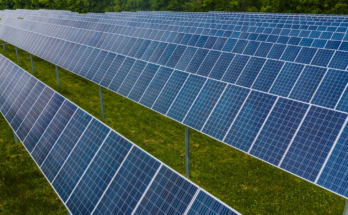LONDON (Reuters) -Britain’s rich and poor alike are experiencing surges in inflation, official data showed on Friday, although soaring food and energy prices mean low-income households stand less chance of avoiding the hit from rising prices.
After annual British consumer price inflation hit an almost 30-year high of 5.4% last month, the cost of living has become a hot political topic and campaigners have questioned whether that figure reflects the true costs faced by the poorest families.
At first glance, new figures published by the Office for National Statistics suggested the headline rate of inflation is close to that experienced by both low- and high-income households.
The ONS said low-income households experienced annual consumer price inflation of 5.3% in December, while high-income households faced inflation of 5.5%.
“High-income and low-income households have experienced similar annual inflation rates since 2014,” the ONS said.
The ONS defined a high-income household as one with after-tax income that is in the top 20% but not the top 10%, and a low-income household as one with an income in the bottom 20% but not the bottom 10%, when adjusted for household size.
A Reuters analysis of household spending data suggests that the inflation faced by low-income households is skewed towards essential spending on food and shelter, leaving them less able to adapt to increases in those prices.
In its latest report, the ONS said the slightly higher inflation rate for well-off households in December reflected their greater spending on transport.
The surging price of petrol and new and used cars – which comprise a far greater share of spending for high-income than low-income households – have been among the biggest drivers of inflation over the last year.
Restaurant meals have been another big driver of inflation for high-income households.
Click here for the full article


